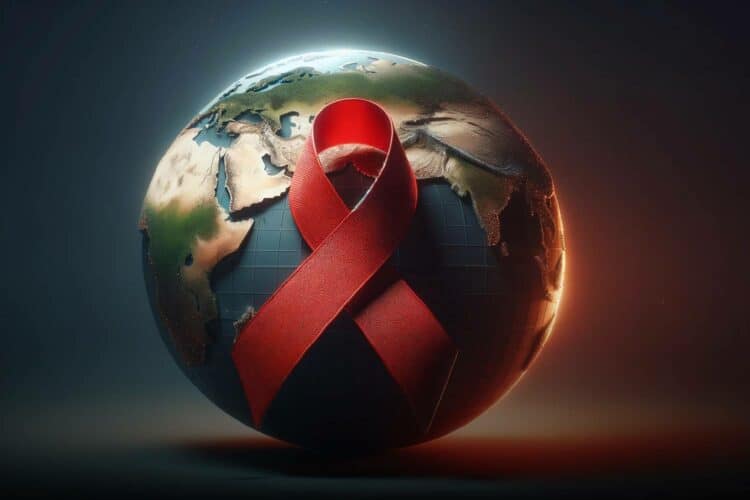World AIDS Day, observed annually on December 1st, stands as a solemn reminder and a beacon of hope in the long-standing battle against HIV/AIDS.
From its inception in 1988, this day has evolved into more than just a date on the calendar; it’s a global movement that unifies people worldwide in the fight against HIV, commemorates those who have lost their lives to the disease, and supports those living with it.
What is the history of World AIDS Day?
The history of HIV/AIDS is a tapestry of tragedy, resilience, and relentless pursuit of knowledge.
In the early 1980s, when the first cases of AIDS were reported, the world was largely unprepared for the health crisis that would unfold. Misinformation and stigma clouded public perception, making the early battle against HIV/AIDS particularly challenging.
Turning Point: The Advent of Antiretroviral Therapy
A significant breakthrough in HIV treatment came with the development of antiretroviral therapy (ART) in the mid-1990s. This advancement transformed HIV from a fatal diagnosis to a manageable chronic condition.
The effectiveness of ART in suppressing the virus not only improved the quality of life for many but also reduced the risk of transmission, marking a pivotal turn in the prevention strategy.
Global Efforts: Bridging Gaps and Expanding Access
The global response to HIV/AIDS saw a surge in the early 21st century, with initiatives like the Global Fund to Fight AIDS, Tuberculosis, and Malaria, and PEPFAR (President’s Emergency Plan for AIDS Relief) playing instrumental roles.
These programs aimed to bridge the gap in access to life-saving treatments, particularly in resource-limited settings.
Preventative Innovations: PrEP and Awareness Campaigns
Prevention strategies leapt forward with the introduction of Pre-exposure prophylaxis (PrEP), a daily pill that significantly reduces the risk of contracting HIV.
Combined with global awareness campaigns, PrEP has become a cornerstone in the prevention toolkit, especially among high-risk populations.
The Role of Community and Advocacy
Community involvement and advocacy have been crucial in destigmatising HIV/AIDS. Grassroots movements, patient advocacy groups, and NGOs have worked tirelessly to educate, support, and empower communities, fostering an environment where individuals feel safe to seek testing and treatment.
Challenges and the Road Ahead
Despite significant progress, challenges remain. Access to treatment and preventive measures is still unequal, with marginalized communities bearing a disproportionate burden of the disease.
The fight against HIV/AIDS is not just medical but also a battle against social inequities.
Conclusion: Reflecting and Moving Forward
As we commemorate World AIDS Day, it’s essential to reflect on our journey – from fear and uncertainty to hope and resilience. The fight against HIV/AIDS is far from over, but the strides made thus far inspire a future where HIV is no longer a global health threat.
It’s a day to recommit to the cause, to remember those we’ve lost, and to stand in solidarity with those affected, as we continue to strive for a world free of HIV/AIDS.






